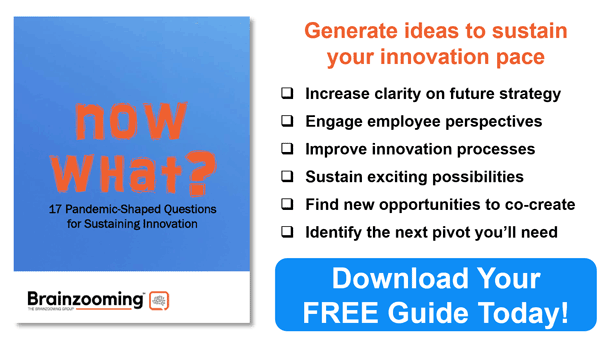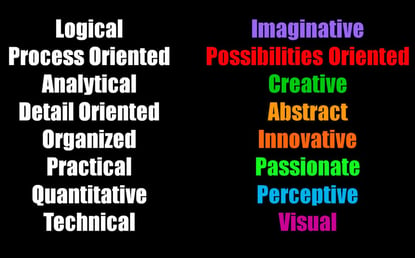It’s natural for engineers and operations people to be at odds with marketers over innovation strategy.
The engineering and operations view of the world typically focuses on internal perspectives and ensuring processes conform to standards, are efficient, and cost as little as possible. Success from this perspective is just enough performance relative to the costs incurred.
Marketers typically take a drastically different view.
As natural customer advocates, marketers are more likely to push for an innovation strategy that dramatically differentiates a brand’s customer experience. A marketer will focus on what will be different, attractive to the market, and sell strongly. After that’s solved, they figure out the rest. So instead of the threshold orientation operators advocate, marketers are looking to maximize and create significant advantages in the brand experience.
Spending many years in a B2B transportation and logistics company, I was usually standing in the middle of the street at the intersection of “do just enough” and “do everything possible.”
Trying to better our odds of innovation success and secure the help of the operations team, we used an approach one consultant originally called, “Operationally Smart Marketing.” At the concept’s heart is the idea that pushing for a more robust innovation strategy in an operationally-oriented environment requires being intimately familiar with the roadblocks operations might raise in order to innovate around them.
This approach can appear counter to a customer-first, outside-in innovation strategy. From experience, however, this strategy is more productive than falling on the sword for innovations that WOULD maximize customer value IF they were ever implemented, but that you can NEVER get implemented.
An "Operationally Smart Marketing" Innovation Strategy
As a marketer, what are your starting points for operationally smart marketing?
Try asking and answering these strategic thinking questions:
- What drives profitability in the business?
- How do important operational factors play into whether there is a bigger or smaller opportunity for a bold innovation strategy?
- Are there certain parts of the business that provide disproportionately greater innovation opportunities?
- What factors make for disproportionately outstanding efficiency and operational performance? Can they be aligned to increase customer value?
- What are the critical success factors for the best quality performance your organization can deliver?
- Are there things customers might be incented to do to enhance performance AND improve the customer experience?
- Is there anything we didn’t ask about?
This last question is particularly important. I came across many cases where operations people would answer only the question asked without ever volunteering ideas to expand possibilities or introduce greater operational variations. That’s why you should always ask point blank about what else might be possible you didn’t anticipate.
Knowing the relevant constraints and possibilities from the operations side can be vital to turning the strategy approaches we discuss in our Outside-in Innovation eBook (which you can download below) into success within a strong operational environment. – Mike Brown





